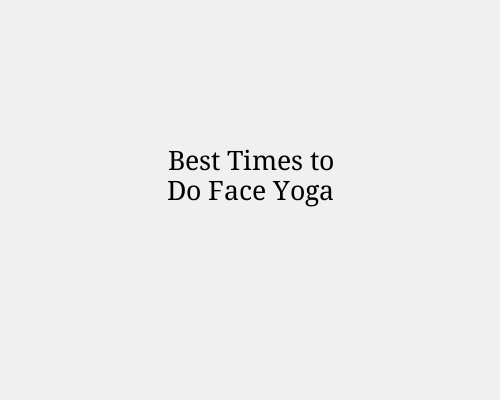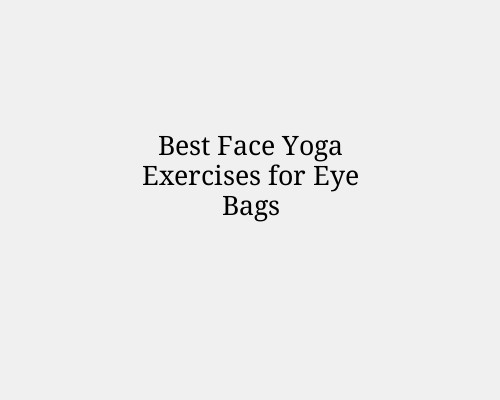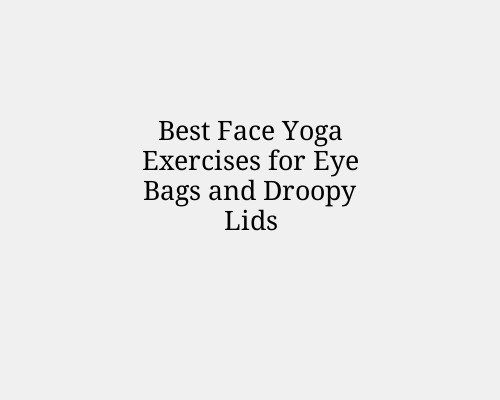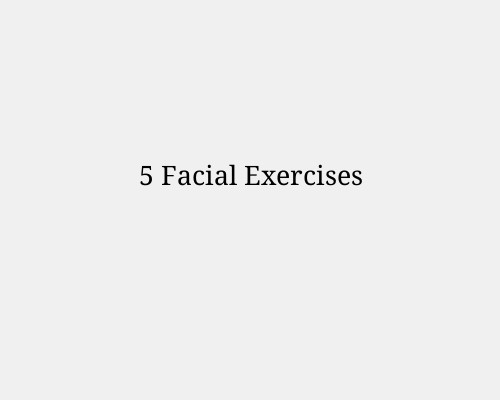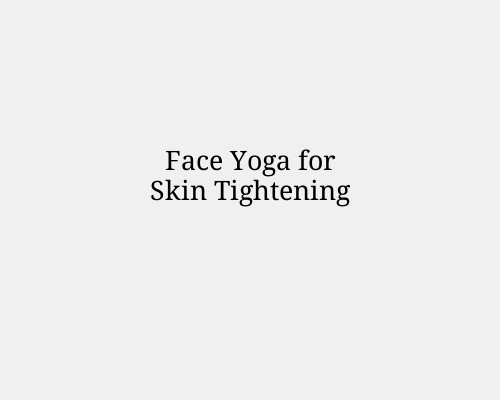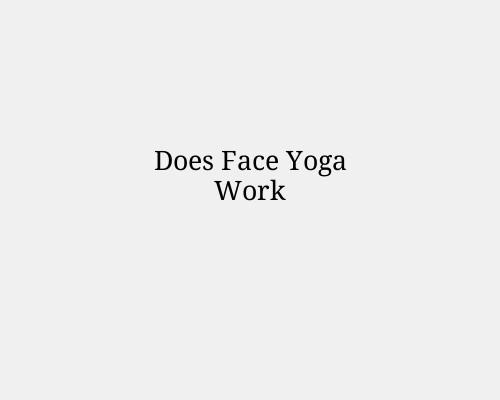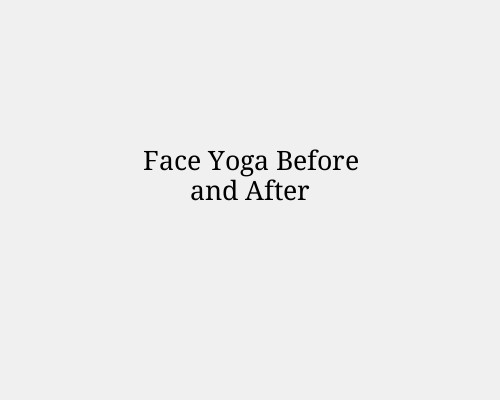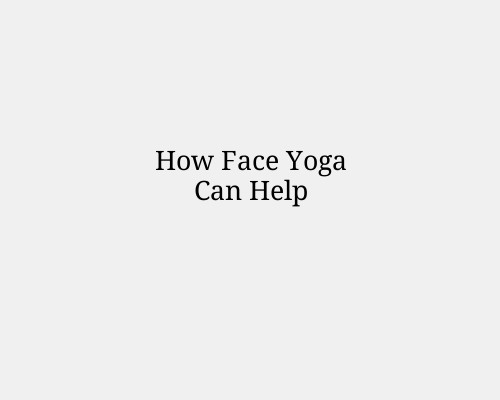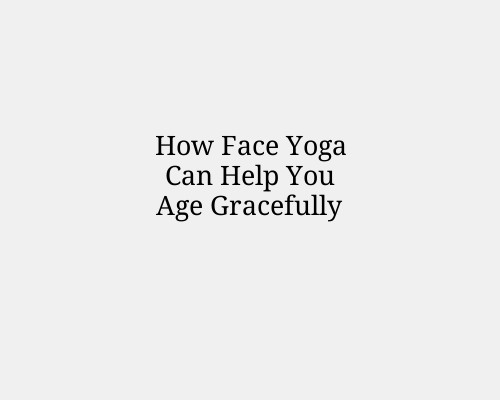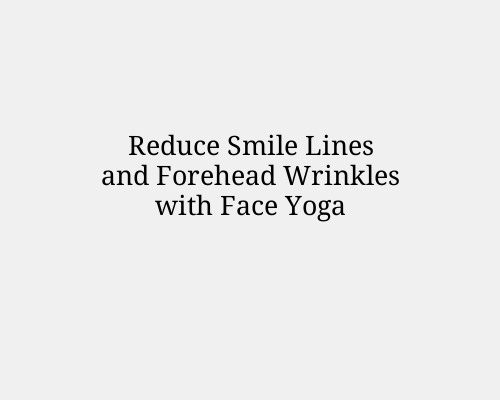
Reduce Smile Lines and Forehead Wrinkles with Face Yoga
As the skin ages, it naturally loses elasticity and firmness, leading to the development of wrinkles and fine lines—particularly around the mouth (smile lines) and across the forehead. While cosmetic procedures like Botox or fillers are widely available, many people are seeking natural, non-invasive methods to combat the signs of aging. One such method gaining popularity is face yoga.
Face yoga involves targeted facial exercises designed to tone, strengthen, and relax the facial muscles. Just as traditional yoga promotes flexibility and circulation in the body, face yoga can rejuvenate your facial appearance by stimulating blood flow, encouraging collagen production, and reducing muscle tension.
Understanding Smile Lines and Forehead Wrinkles
Before diving into exercises, it’s helpful to understand what causes these common signs of aging:
Smile Lines (Nasolabial Folds): These are the creases that run from the sides of your nose to the corners of your mouth. They deepen with age due to repetitive facial movements, gravity, and the gradual loss of facial fat and collagen.
Forehead Wrinkles: These horizontal lines occur due to repeated eyebrow-raising, frowning, or general facial expressions. They’re among the earliest wrinkles to appear and become more pronounced with age.
Both types of wrinkles are exacerbated by external factors like sun exposure, smoking, dehydration, and stress. While skincare can help, face yoga targets the underlying muscles— making it a deeper, more structural solution.
Benefits of Face Yoga for Anti-Aging
Increases Circulation: Boosts oxygen and nutrient supply to skin cells.
Stimulates Collagen and Elastin: Improves skin elasticity.
Relieves Tension: Reduces habitual expressions that deepen wrinkles.
Tones Muscles: Helps lift sagging areas by strengthening underlying muscles.
Natural and Non-Invasive: No downtime or side effects compared to cosmetic treatments.
Face Yoga Exercises for Smile Lines
Cheek Lifter
Purpose: Tones cheek muscles and lifts nasolabial folds.
How to Do It:
Open your mouth to form an “O”.
Fold your upper lip over your teeth.
Smile with the corners of your mouth.
Place fingers lightly on the top of your cheeks and gently lift upward.
Hold for 10 seconds, then relax. Repeat 5 times.
The Smiling Fish Face
Purpose: Strengthens cheeks and jaw while reducing lines around the mouth.
How to Do It:
Suck in your cheeks to form a “fish face”.
Try to smile while holding the position.
Hold for 10 seconds.
Repeat 5–10 times.
The Big O
Purpose: Works the lower face and reduces tension around the mouth.
How to Do It:
Open your mouth wide to form an exaggerated “O”.
Keep lips over your teeth.
Look up and lift your cheeks.
Hold for 10–15 seconds. Repeat 3–5 times.
Face Yoga Exercises for Forehead Wrinkles
The Forehead Smoother
Purpose: Reduces horizontal forehead lines and relaxes the frontalis muscle.
How to Do It:
Place both hands on your forehead with fingers spread out between the eyebrows and hairline.
Gently sweep fingers outward while applying light pressure.
Repeat this stroking motion 10 times.
The Eyebrow Lift
Purpose: Tones the muscles around the eyebrows and forehead.
How to Do It:
Place index fingers under each eyebrow and push up gently.
Try to close your eyes while resisting with your fingers.
Hold for 10 seconds. Repeat 5 times.
Surprised Face
Purpose: Builds control and elasticity in the forehead.
How to Do It:
Raise your eyebrows as high as you can.
Open your eyes wide and focus on a distant point.
Avoid wrinkling the forehead too much; aim for controlled movement.
Hold for 10 seconds. Repeat 5–10 times.
Daily Routine: Getting Started with Face Yoga
Like any fitness routine, consistency is key. Here’s a simple beginner-friendly daily routine:
Warm-up: Lightly massage your face with your fingertips to stimulate circulation.
Smile Line Routine: 5 minutes (choose 2 exercises).
Forehead Routine: 5 minutes (choose 2 exercises).
Cooldown: Apply a moisturizer or facial oil and gently massage.
Aim to practice at least 5 times per week. Results typically begin to show after 3–4 weeks of consistent practice, with more visible improvements in 2–3 months.
Tips for Maximum Effectiveness
Hydrate: Always drink enough water. Hydrated skin shows faster results.
Use a Mirror: This helps you maintain proper form and avoid creating new lines.
Pair with Skincare: Cleanse, moisturize, and protect your skin with SPF daily.
Be Gentle: Avoid pulling or tugging too hard on the skin.
Stay Relaxed: If you feel tension in your neck or shoulders, adjust your posture and take a deep breath.
Face Yoga vs. Cosmetic Treatments
While face yoga won't produce instant results like injectables, it offers long-term benefits with zero risk of side effects. It encourages body awareness, stress relief, and a more natural aging process. Those who are patient and committed often find it a rewarding alternative to more aggressive interventions.
Final Thoughts
Face yoga is a powerful, natural way to target smile lines and forehead wrinkles. While it doesn’t promise overnight transformation, it promotes healthy skin and muscle tone with consistent practice. By combining these exercises with a good skincare routine, a healthy diet, and lifestyle habits, you can visibly soften lines and boost facial vitality—no needles required.
